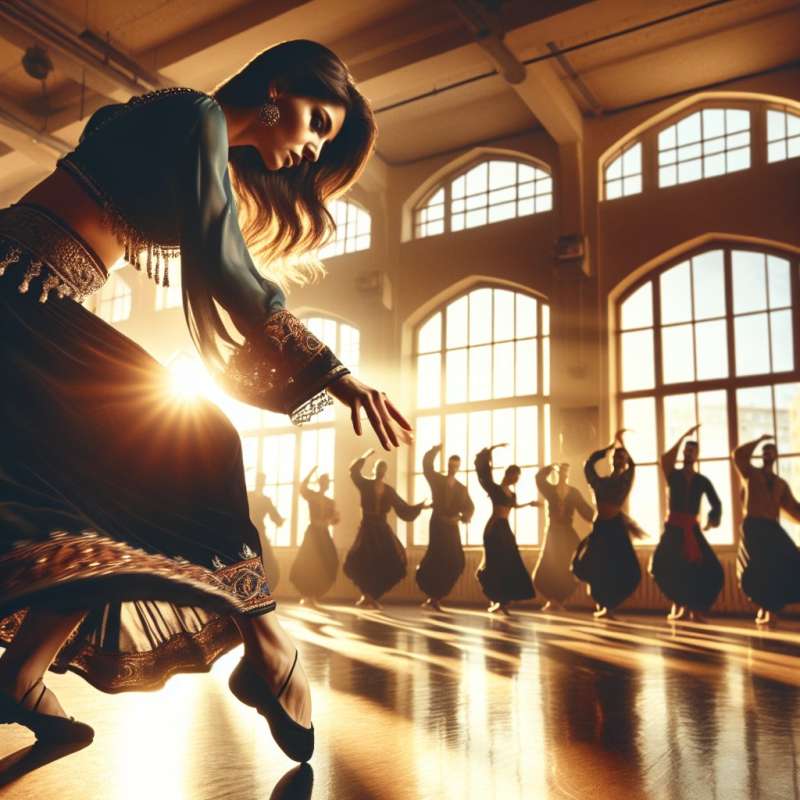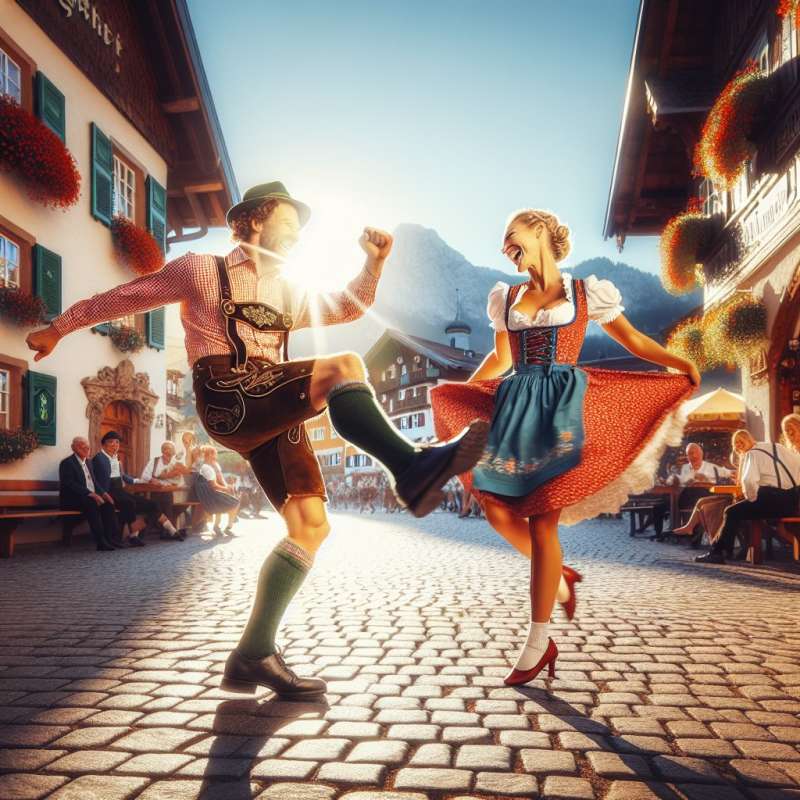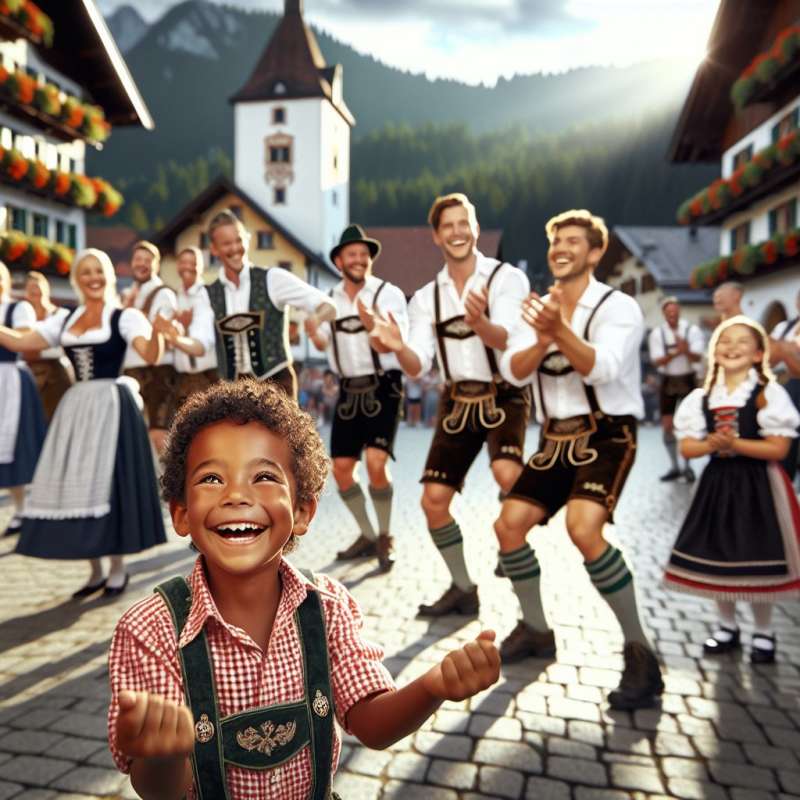
Introduction to Schuhplattler
Schuhplattler is a traditional Bavarian dance known for its lively slapping. Dancers perform vigorous routines, showcasing a blend of folklore and storytelling through intricate movements and rhythmic sounds.
Historical Origins
Originating in the 18th century, Schuhplattler was initially a courtship dance. Rural Alpine peasants performed it to impress potential partners, displaying strength and stamina through their dynamic slaps and jumps.
Dance Technique
The dance involves striking the soles of shoes (Schuhe), thighs, and knees with hands. Dancers maintain a fixed upper body while legs and feet engage in fast, coordinated slaps, creating percussive sounds.
Traditional Attire
Performers wear lederhosen and dirndls, traditional Bavarian garments. The robust leather of lederhosen amplifies the slapping sound, integral to the authenticity and sensory experience of the dance.
Musical Accompaniment
Schuhplattler is set to polka or waltz tunes played by live bands. Instruments typically include the accordion, clarinet, and tuba, complementing the dance's energetic nature and regional variations.
Cultural Significance
Beyond entertainment, Schuhplattler is a cultural emblem, preserving Bavarian heritage. It's performed at festive events, symbolizing community spirit and continuity of age-old traditions.
Modern Adaptations
While traditional Schuhplattler remains popular, contemporary adaptations have emerged. These fuse modern music and dance moves, highlighting the evolving nature of cultural practices while respecting origins.
What is Schuhplattler primarily known for?
Vigorous slapping and storytelling
Solemn processional movements
Modern music incorporation
Company